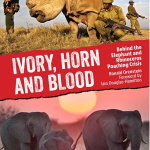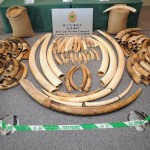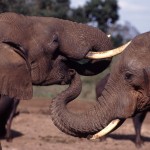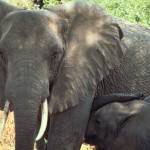Courtesy of Save the Elephants
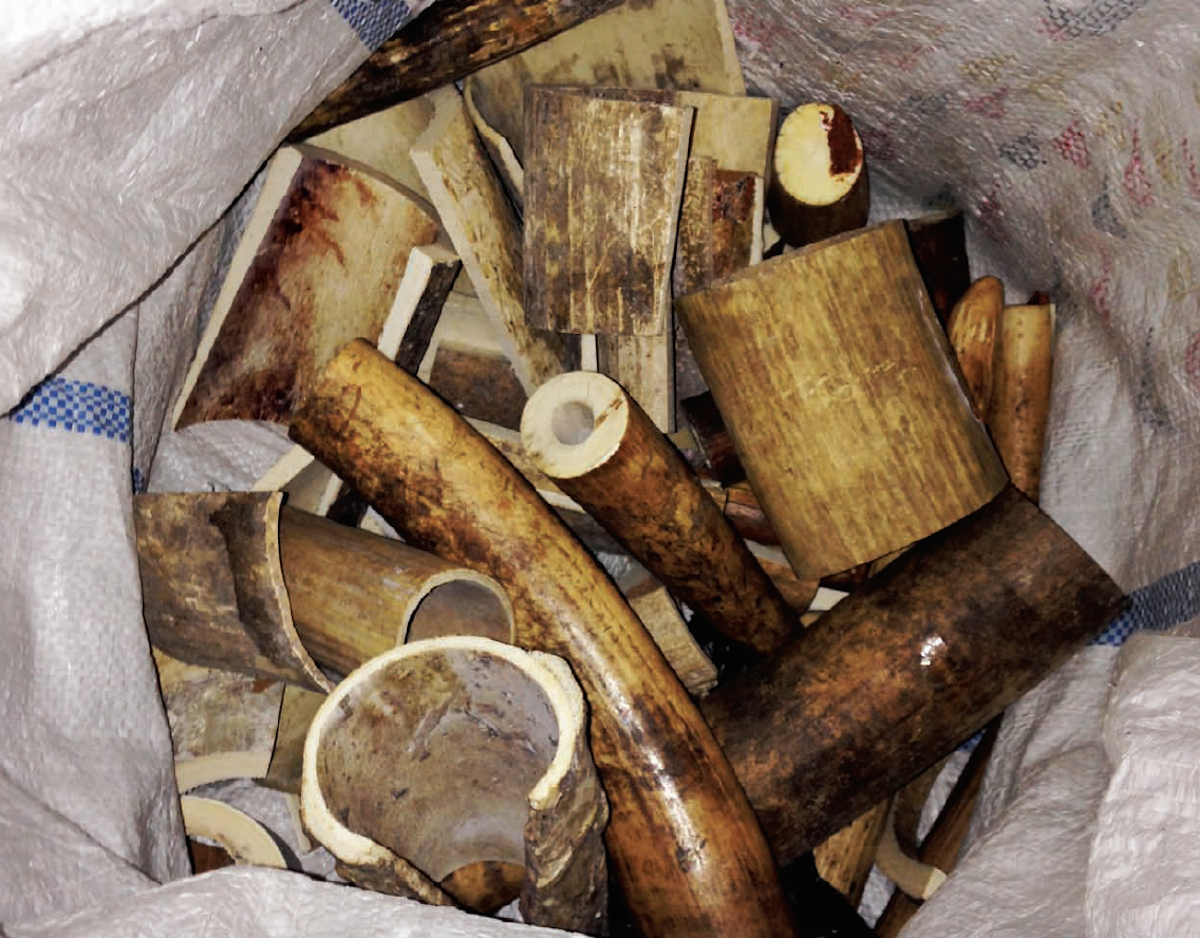
Vietnam is now one of the world’s biggest illegal ivory markets. The number of items seen for sale has increased by over six times from 2008 to 2015, according to a survey report released by Save the Elephants.
No other country is known to be as active in both illegal imports of new raw tusks and illegal exports of the final ivory products. In total, 242 open outlets with 16,099 ivory items on display available for retail sale were found in Ho Chi Minh City, Buon Ma Thuot town, Hanoi and surrounding villages. This is compared to 2,444 items counted in a report published in 2008. Download full report (PDF).
Ivory researchers, Lucy Vigne and Esmond Martin, found that the overwhelming majority of raw tusks sold wholesale in Vietnam are smuggled in from Africa, in contrast to the 2008 research conducted by Dan Stiles who found the majority of tusks to have originated from Vietnam, Cambodia and Laos. This shift presents a threat to Africa’s elephants.
Unlike other nations surveyed the number of ivory artisans in Vietnam has increased at least 10-fold since 2008 according to the study, with 79 ivory carvers/processors observed. Even though artisans in Vietnam will earn only USD 200-400 a month (compared with USD 875-2,000 in China), it is seen as lucrative.
“The key change,” said co-author Lucy Vigne, “was the expansion of the ivory trade in villages south of Hanoi. An increase in the number of Asian tourists in the Central Highlands area of Buon Ma Thuot, for example, has driven up demand causing the ivory business to flourish as it offers a relatively quick way to make money.”
A provision in the ban on the ivory trade in Vietnam permits any ivory obtained before 1992 to be traded within the country legally. Illegal traders appear oblivious to this, but if officials tried to confiscate their illegal ivory, traders could technically pass it off as pre-1992 stock with this loophole.
The illegally obtained ivory is usually in the form of small tusks or tusks cut into pieces of 1-3kg while the end products in most cases are pendants, mass produced jewellery, and other small items that are easily transportable.
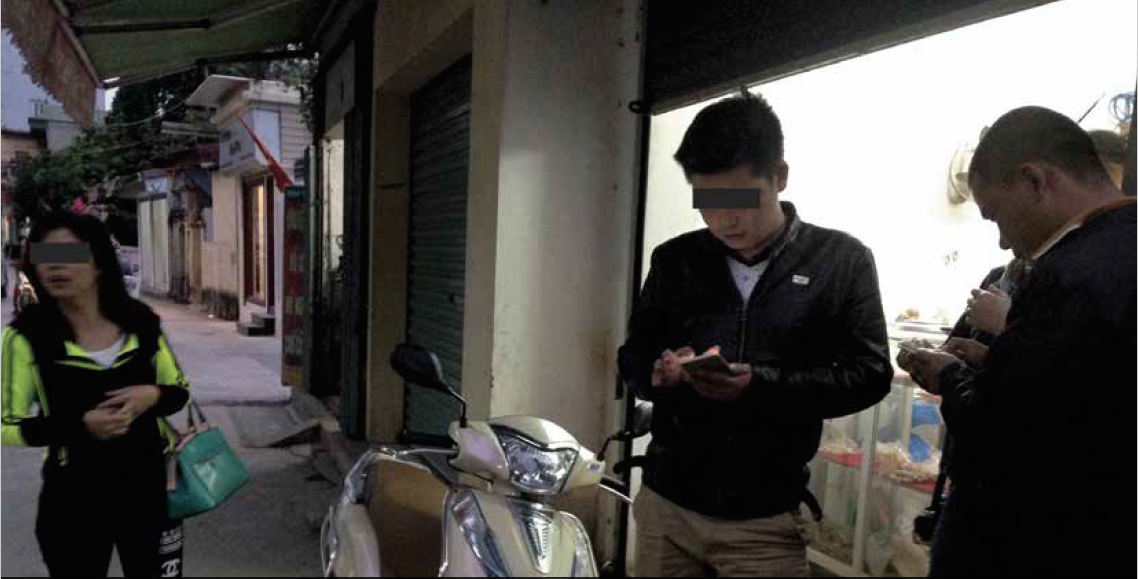
Mainland Chinese visitors accounted for about 75% of the buyers (as the same researchers found in Hong Kong in 2015). Although the price of raw ivory is the same as in China (between USD 889 and USD 1,334 per kilo), lower overheads, cheaper labour, machine production, and the absence of an identification system make ivory items cheaper in Vietnam and thus attractive to the mainland Chinese.
Ivory carving is relatively new in Vietnam. Artisans have carved wood, stone and other materials for over a thousand years, but ivory only began being used significantly as recently as the 19th century. Exploitation of the country’s natural resources in the 1990s prompted escalation of the ivory trade and by 2008 the price of raw ivory in Vietnam was between USD 500-1,500 per kilo, the highest known price in the world at the time (Stiles 2008).
Skulls, bones and tail hairs of Asian elephants were on sale in addition to ivory. Substitutes for ivory in Vietnam include special woods like mulberry wood, and stones, but only one tiny item made of mammoth ivory was seen for sale. This will prevent any confusion for law enforcement between (legal) mammoth ivory and (illegal) elephant ivory.
Retail ivory trade thrived most where law enforcement was weak.
In the northern villages where the bulk of artisans were seen, the majority of traders were relaxed and open and generally allowed photographs to be taken. The government has been a strong advocate for the production of handicrafts in these areas, allowing artisans to continue their trade unheeded. Vendors rarely commented on what was illegal and what was not. To them, their ivory items were simply another product on the market.
“Lackadaisical law enforcement at both Vietnamese and Chinese customs at the land borders has enabled the illegal ivory trade to flourish, and the illegal killing of elephants in Africa continues unabated. The Vietnamese government has done little to prevent ivory cyber trafficking, with ivory items openly for sale on online chats,” said Vigne and Martin.
Although a few signs to try to reduce demand for rhino horns were seen, no signs or posters against illegal ivory trade were observed. “A national strategic approach on ivory to improve law enforcement and awareness is lacking within the country. There is also inadequate global collaboration to tackle the illegal ivory trade. This is despite the fact that Vietnam was flagged as a significant transit country for ivory at the 16th CITES Conference of the Parties held in Bangkok in 2013. The main challenge is exposing the ‘big bosses’ operating in Africa and Vietnam rather than tackling the smaller players who can simply be substituted if caught, ” reported the authors.
Iain Douglas-Hamilton, Founder and CEO of Save the Elephants, stressed the need to close down such markets.
“We have seen great gains made against the ivory trade over the past year, with a federal ban in the US, a timeline announced by Hong Kong and a presidential commitment from China. We must work together with governments to prevent markets from springing up elsewhere like Vietnam.”
Selected statistics from the study:
- Of all the ivory industries in Asia, Vietnamese artisans working on illegal ivory have multiplied and increased their production of these items the most rapidly since 2008.
- Nearly all tusks are smuggled into Vietnam from Africa, with only a few being sourced from domesticated and wild elephants in Laos and Vietnam.
- In 2015 wholesale prices for raw tusks in Vietnam were about the same as in mainland China, around USD 1,100/kg for a 1–3-kg tusk.
- Retail ivory prices for common comparable items were three times more in Beijing and Shanghai than in HCMC and Hanoi and seven times more than in the village selling the most worked ivory in northern Vietnam.
- In Ho Chi Minh City (HCMC), Hanoi, one town and village in the Central Highlands, and two villages in the north, researchers found 242 open outlets with 16,099 ivory items on display, available for retail sale.
- Of these items, 9,893 (or 61%) were in one northern village that had not previously been counted for a retail survey. Most objects are pendants and other small items, usually jewellery.
- There were few ivory antiques, the majority being in HCMC, popular with Chinese customers.
- Hardly any expensive ivory items for retail sale were seen. The most expensive new item was a 17-cm human figure for USD 2,500 in HCMC. The most expensive old items were a carved tusk and a large urn for USD 20,000 each in an antique shop in HCMC.
- Vietnam was flagged as a significant transit country for ivory at the 16th CITES Meeting held in Bangkok in 2013.
Some recent reports by Vigne and Martin on the ivory trade:
Sharp Fall in the Prices of Elephant Tusks in China (7 December 2015)
Hong Kong’s Ivory: More Items for Sale Than in any Other City in the World (16 July 2015)
China Faces a Conservation Challenge (9 December 2014)

